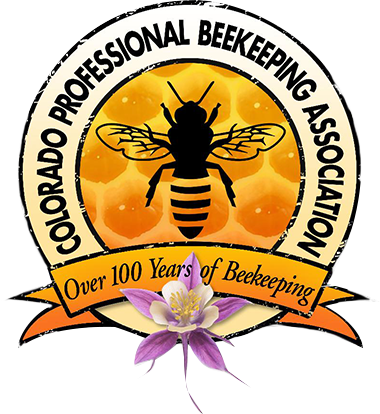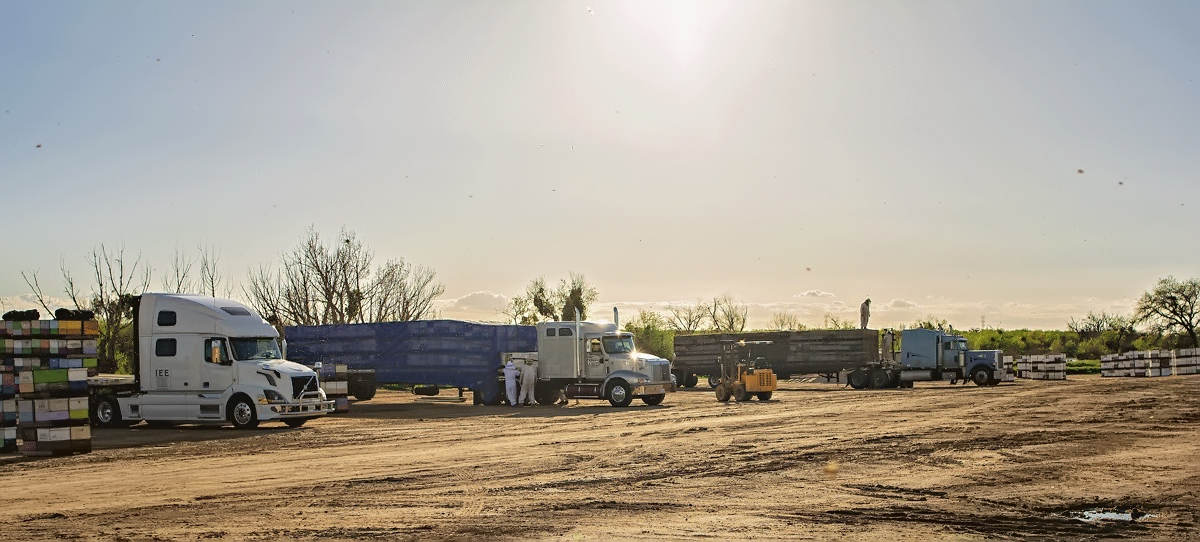Thank you for your interest and inquiry regarding the Colorado Professional Beekeeping Association’s position on pesticides. The CPBA directors are not in a position to comment specifically on the advantages or disadvantages of using certain insecticide and pesticide products.
CPBA policy, generally, is to support the responsible use and regulation of pesticide products following a clearly defined Integrated Pest Management (IPM) protocol – which applies to products used both inside and outside of beehives.
CPBA directors make no specific recommendations as an organization regarding which pesticide products to use or not to use. However, we encourage a reasoned and responsible approach to beekeeping that ensures the maintenance of healthy hives and healthy bees.
Thank you again for your inquiry, and for your support for a viable and sustainable beekeeping industry and community.
Sincerely,
CPBA Board of Directors
The current number of hives compared to 75 years ago can be explained in terms of economics. During WWII, there was high demand for not only honey as a sweetener, but for beeswax as a lubricant due to supply needs of the military and rationing. Since the late 1940s there simply hasn’t been the need or demand for honeybee products as was the case then. Many of the old-time beekeepers often said that the war and post-war years were probably the “golden age for beekeeping” which the U. S would probably never see again. Many of the commodities such as honey and cane sugar have been superseded in demand by high fructose corn syrup, beet sugar and other synthesized sweeteners. Beeswax (used to preserve and coat metal parts, gun shells, et al.) has been replaced by petrol-chemical derivatives and plastics since the 1940’s. Domestic demand for honey has also declined since then due to competition with other honey producing countries (which can produce honey at much lower costs and in larger quantities). If it weren’t for the domestic demand for pollination services by commercial beekeepers nowadays the numbers of honeybee colonies would probably be further depressed.
In the last 10 years the number of hives in the USA is actually trending up. In fact, from 2013 to 2014 there was a significant increase in hives and honey production. From the USDA, National Agricultural Statistics Service (NASS), March 20, 2015: “Honey production in 2014 from producers with five or more colonies totaled 178 million pounds, up 19 percent from 2013. There were 2.74 million colonies producing honey in 2014, up 4 percent from 2013.”


